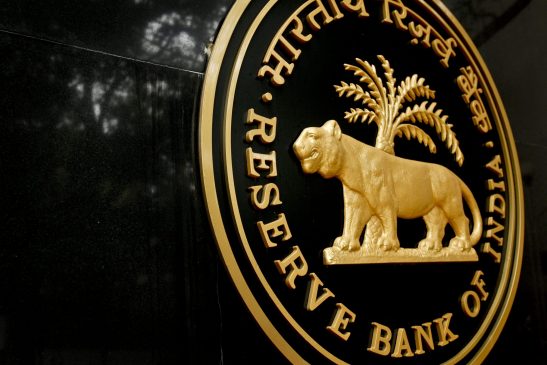The Reserve Bank of India has kept the repo rate unchanged at 6.5 per cent for the fourth consecutive time. A rise in repo rate adversely affects debt mutual funds as they mainly invest in bonds and bond yields often fall with hike in repo rate.
The Reserve Bank of India (RBI) on Friday, October 6, left the repo rate unchanged at 6.5 per cent. The central bank at its latest monetary policy review meeting has decided to keep the repo rate unchanged at 6.5 per cent.
The rate at which RBI lends money to banks is known as repo rate.
Announcing the decision of the monetary policy committee (MPC), RBI governor Shaktikanta Das said that the MPC voted anonymously to keep the repo rate unchanged. With this, RBI has maintained a status quo on the key lending rate since February this year.
While the repo rate is usually revised to regulate inflation and growth in the country, it can also affect investors. Banks often change the interest rates on savings instruments and loans after any revision in repo rate.
Repo rate status quo: Will mutual fund investment be affected?
As Debt Mutual Fund schemes are usually invested in fixed-income securities like Government bonds, a decrease in the repo rate can make the schemes look more attractive as it will increase the NAV. However, an increase in the repo rate can make the debt mutual funds give lower returns as bonds often yield less with rise in repo rates.
Accordingly, one should remain prepared for higher interests in the coming days as the RBI may increase the repo rate in next policy review. This means a higher interest rate could be negative for the equity market as it raises the borrowing cost for companies and hits their profit margins.
Talking about mutual funds, one should always choose funds that are in line with their investment horizon. A mismatch in the investment period and risk tolerance can lead to volatility and short-term losses. Those who are not sure about the future course of interest rates can go for dynamic or hybrid bonds to minimise risk.
In case, there is a rate cut in the coming days, one can also go for equity mutual funds by tactically investing in mid-cap and small-cap funds. To sum up, it’s advisable to continue investments in both equity and debt funds but for longer periods.



































